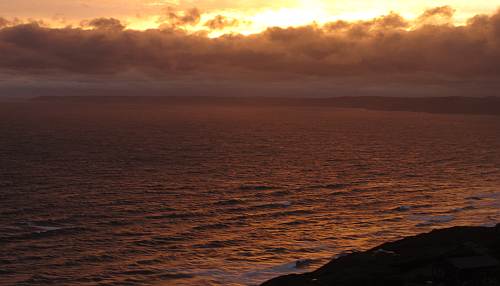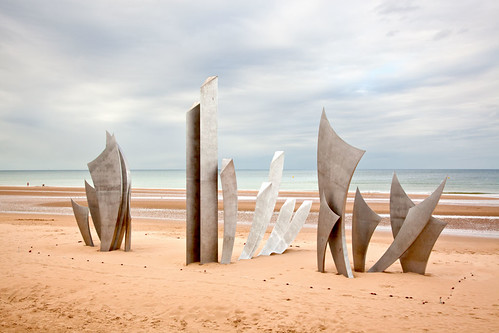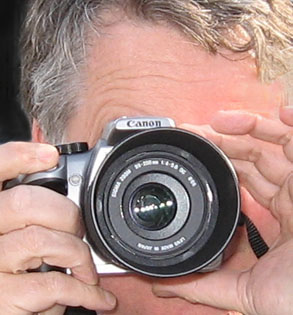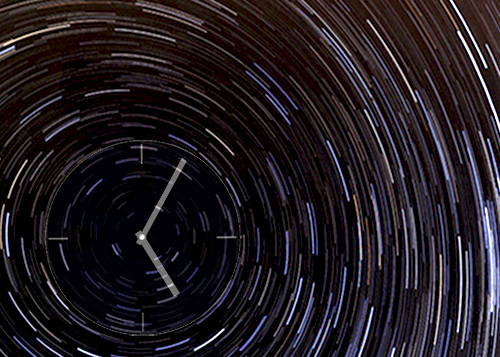
Focus. It’s too easy to fire off shots without thinking when arriving at a great location.
Click image to view large
• Thames Crossing • By Netkonnexion on Flickr ![]()
First impressions can overwhelm your photographic senses.
It’s so easy to turn up at a new location and start firing off shots. The machine gun approach will actually damage your results. This simple trick will help you focus your photography.
Great locations seem to have so much to offer. You want to open yourself up to the whole experience. The problem is the new location will offer you too much to take in at once. You simply cannot take pictures of everything. In fact to try will just make your shots boring – you will be diverted from really interesting shots.
Try this simple plan…
When you arrive take these simple steps to help you get great shots:
- Go take the postcard shot that everyone takes – get it out of the way.
- Sit down and consider the whole location in photographic terms (10 mins).
- Think how you might shoot for the unusual views of the location.
- Work the scene.
- Use the “fifteen second appraisal” to check your composition.
Now go and take the shots you have come up with above.
This simple procedure can be applied to any location. It pulls together different photographic skills into one smooth shoot. The result of taking the time to do this full photographic assessment will be properly considered shots. They will be photographs you will be proud of because you have taken the time to consider what is needed to make great images.
Start Photokonnexion email subscription now!
Photokonnexion Photographic Glossary – Definitions and articles.
Work the scene
“Fifteen second appraisal”







